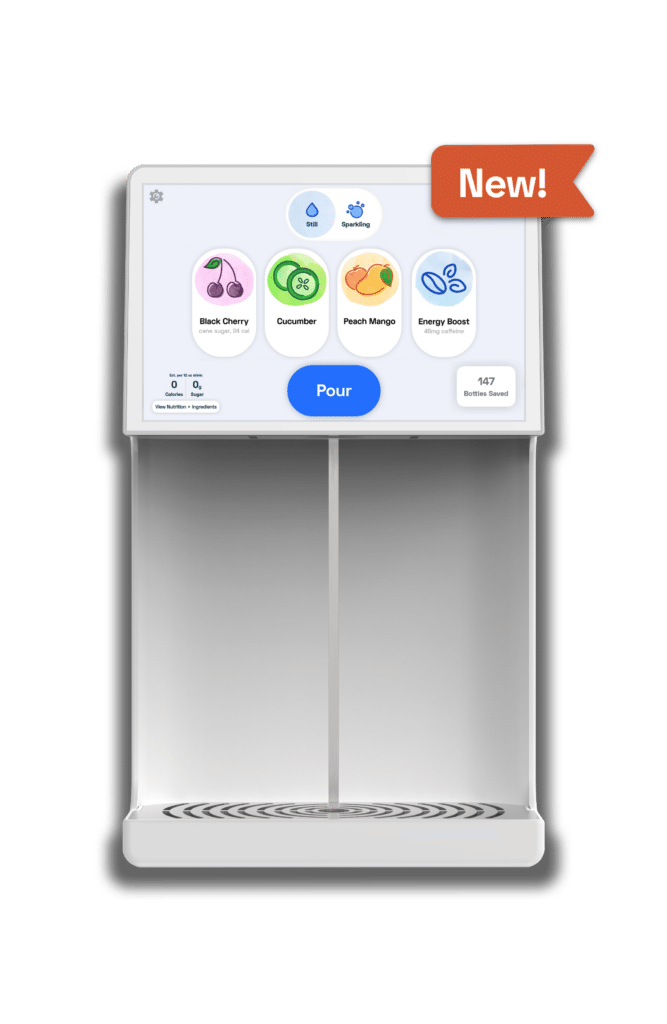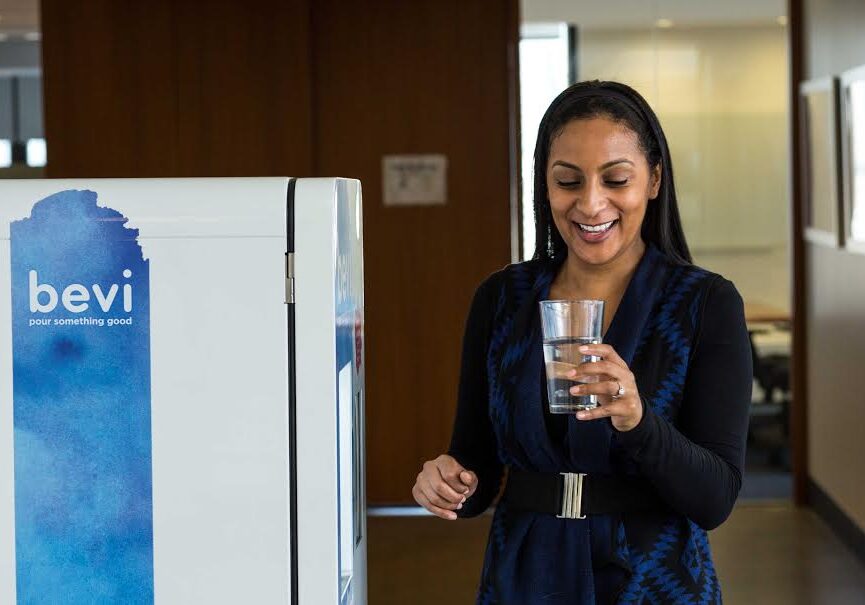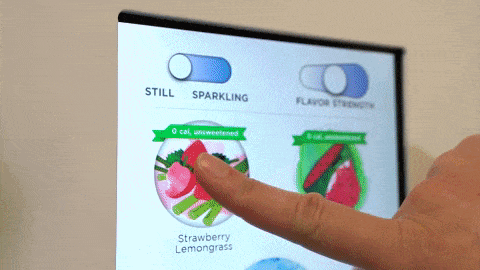We totally get it: remembering to hydrate isn’t easy.
While staying hydrated is top-of-mind during the dog days of summer, packing a reusable bottle in the dead of winter is probably the last thing on your mind. In reality, monitoring your hydration level is always important, no matter what the weather is outside.
So whether you’re spending the day at the beach or on the ski slopes, here are our favorite tips for staying hydrated in the summer, winter, or any day of the year!
1. Bring a reusable bottle with you everywhere you go.
Many people have a favorite bottle or tumbler that’s been with them for so long, it’s become a part of their identity. If you haven’t yet found your perfect reusable bottle, check out the latest styles from Cupanion; we’re huge fans of their ‘Fill It Forward’ mission.
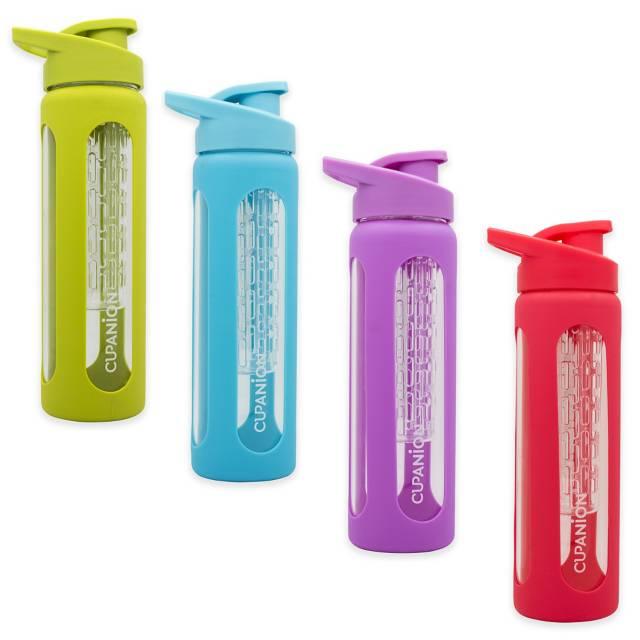
To make sure you stay hydrated anytime, anywhere, be sure to carry your tried-and-true canteen with you everywhere you go. Not only are they handy for transporting water, but reusable bottles are also a great visual cue that’ll help keep hydration top-of-mind.
2. Don’t wait until you’re thirsty: hydrate frequently!
If you’re thirsty, it’s likely you’re already a bit dehydrated.
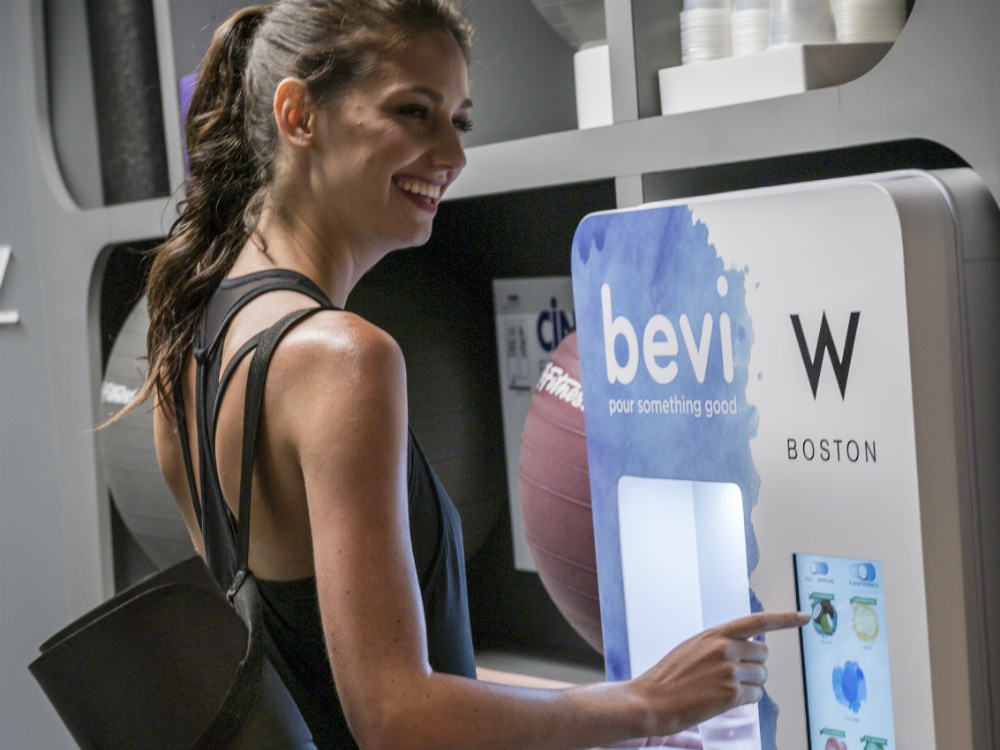
3. Need a friendly hydration reminder? Download a handy app or invest in a snazzy Bluetooth water bottle.
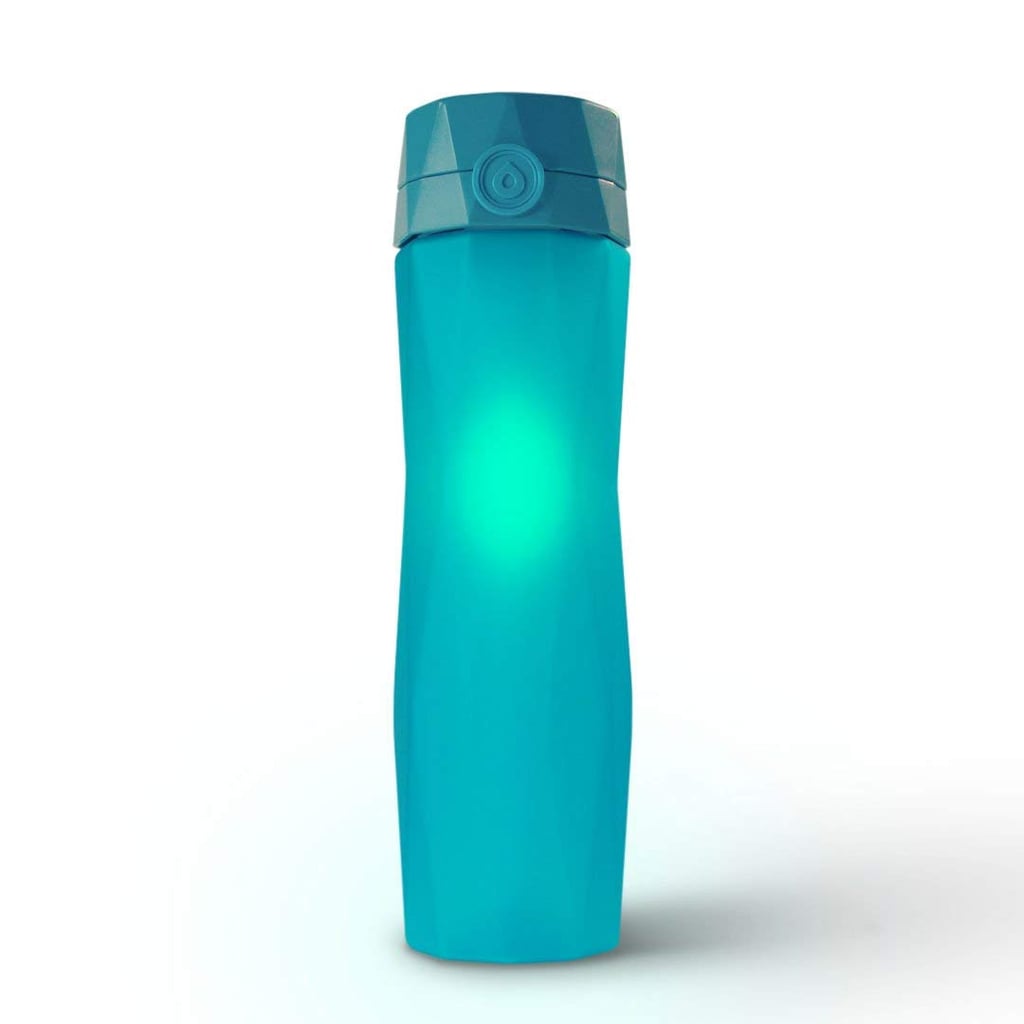
Too busy to keep track of your daily water intake? Let your calendar, reminder app or smart water bottle do the heavy lifting for you. These tools will provide automatic water break notifications and help make healthy hydration habits a regularly scheduled part of your day. There’s nothing wrong with a little extra nudge to keep you on track to meet your hydration goals!
4. Put back what you lose.
In other words, monitor your urine.
Aside from thirst, your urine color can also provide clues into your level of dehydration. You’ve probably heard that if your urine is running clear, you’re well hydrated. For this reason, many health and sports facilities will have an Armstrong Chart (see below) hanging in their restrooms as a helpful guide.
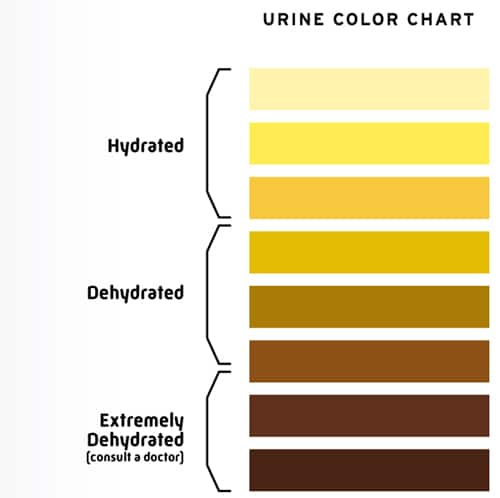
While it’s true that pale to clearish, yellow urine is generally healthy urine, it doesn’t always mean you’re properly hydrated. In fact, if your urine is running clear, you could be overdoing it when it comes to hydrating. Long story short, monitoring your urine is probably a good idea, but it’s not a be-all and end-all.
5. Sick of plain water? Add some fizz and flavor.
Sometimes, drinking plain water just feels (and tastes) boring. If you’re craving something with a little extra zest, try some low-calorie flavored water, sparkling water, or all of the above! While bubbles aren’t for everyone, carbonated water hydrates you just as well as normal water, much like coffee and tea.
For the times when plain water just won’t cut it, mix things up and grab a glass of your favorite low- or zero-calorie flavored water.
Tips for Staying Hydrated in Cold Weather
No matter what the weather is outside, your body’s need for hydration never stops. Don’t let the cold weather bring you down: get creative and maintain your healthy hydration habits with these tips for staying hydrated in the winter.
1. Stock up on your favorite teas.
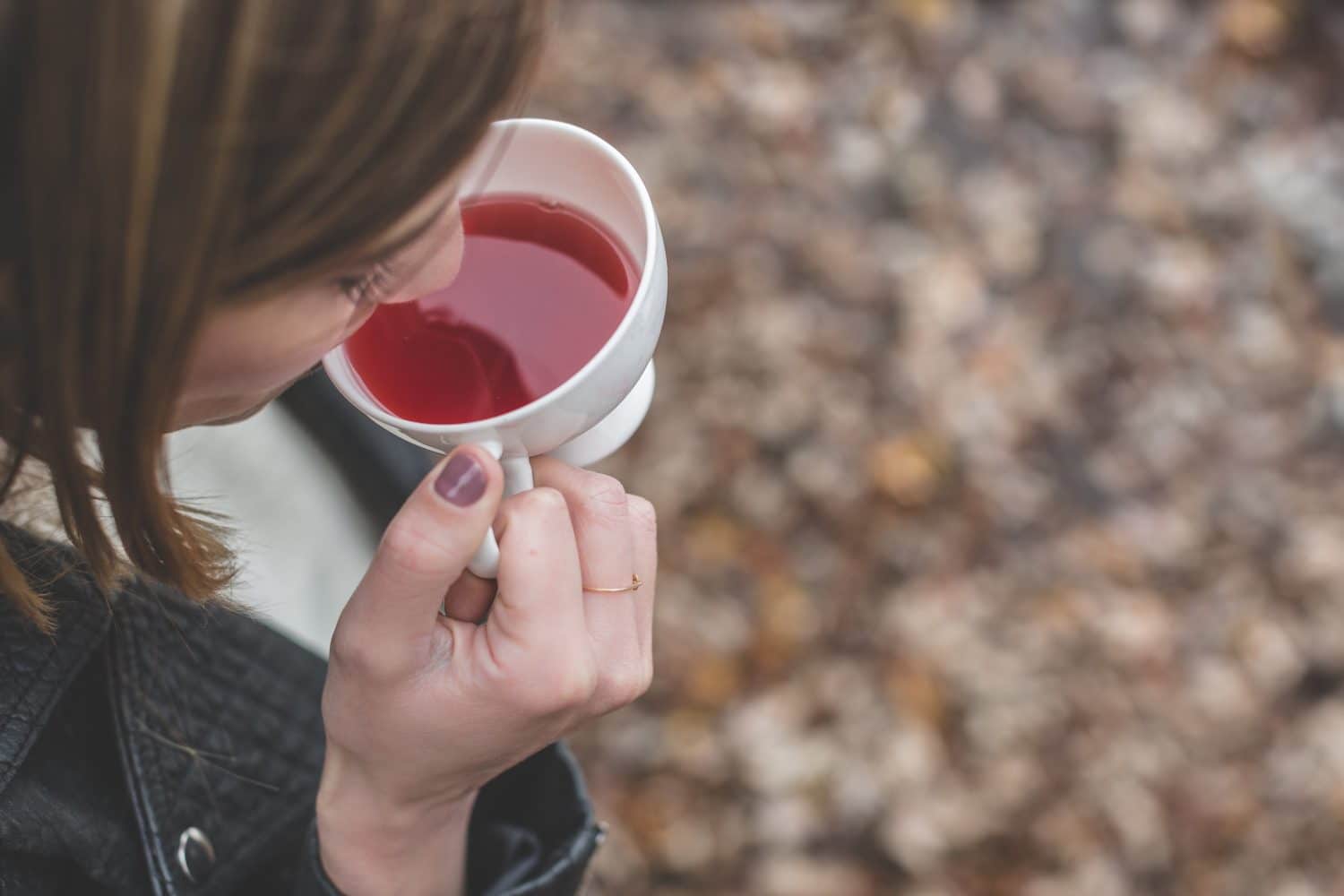
During the coldest months of the year, trade-in your favorite reusable bottle for an insulated tumbler (or find a bottle that can work as both) and enjoy warm beverages on the go. With several flavor profiles to choose from, tea is a flavorful, low-calorie, and often low-caffeine way to stay both hydrated and warm when it’s blizzarding outside.
2. Eat a hearty soup for lunch.

Who says drinking water is the only way to stay hydrated? Eat your water instead! A bowl of homemade soup is a perfect way to get your daily intake of vegetables and warm up your body at the same time. If soup is not your thing, try to stay away from sugary, fried, or processed foods like potato chips, donuts, candy bars, and even some kinds of bread. Our bodies use a lot of water to break down sugar, thus these foods can secretly dehydrate you if you’re not careful.
3. Purchase a humidifier.
Most of us spend the winter months indoors, hidden away from cold, with the heat on full blast. Feeling all warm and fuzzy, however, comes with a price: dry air. Help keep your skin hydrated during the winter by investing in a humidifier. There are tons of models out there, ranging in price from $15- $300 depending on the size and strength you’re looking for.
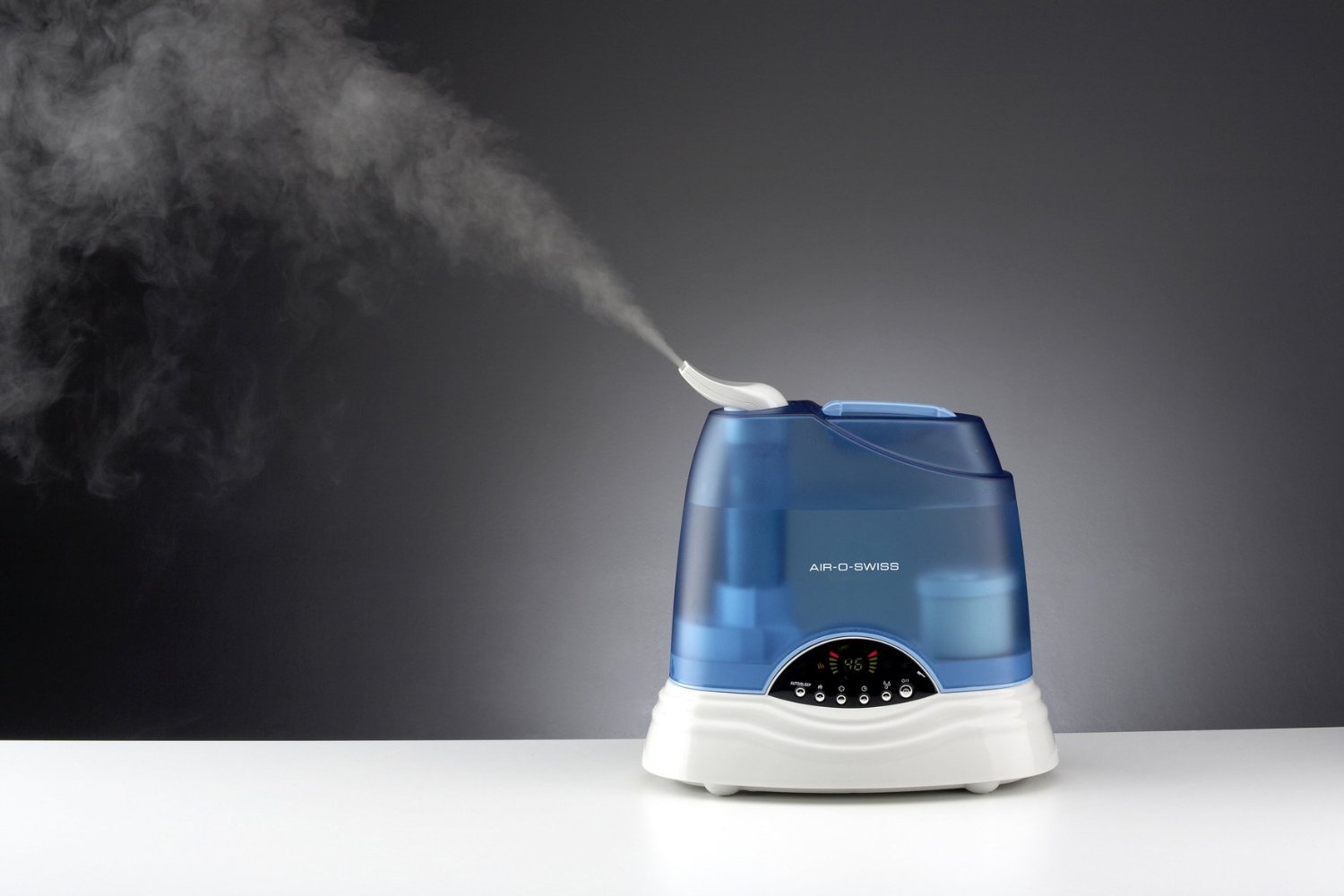
By introducing moisture into your living or working environment (the recommended moisture level for indoors spaces is 30-50%), you can do wonders for your skin, lips, and sinuses, helping you keep hydrated inside and out.
4. Alternatively, create your own makeshift humidifier.
If you can’t spare the extra cash for a humidifier, there are several household items and scenarios you can use to your advantage.
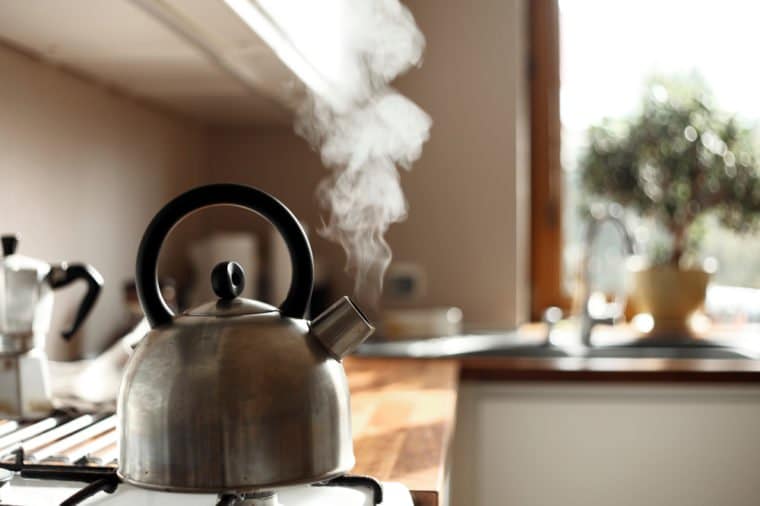
For example, introduce moisture by adding plants to your living space, or leave the bathroom door open when you shower and let the stream travel to other rooms. Alternatively, fill a bowl or pan with water and leave it next to, or on top of, your heat source. You’ll be surprised as to how quickly it will evaporate and add more moisture to the air.
5. Dress appropriately for the weather, especially when exercising.
Whether you’ve got a brief ice skating session or day-long ski tripped planned, wearing layers is critical to keeping your body both warm and hydrated in the cold.
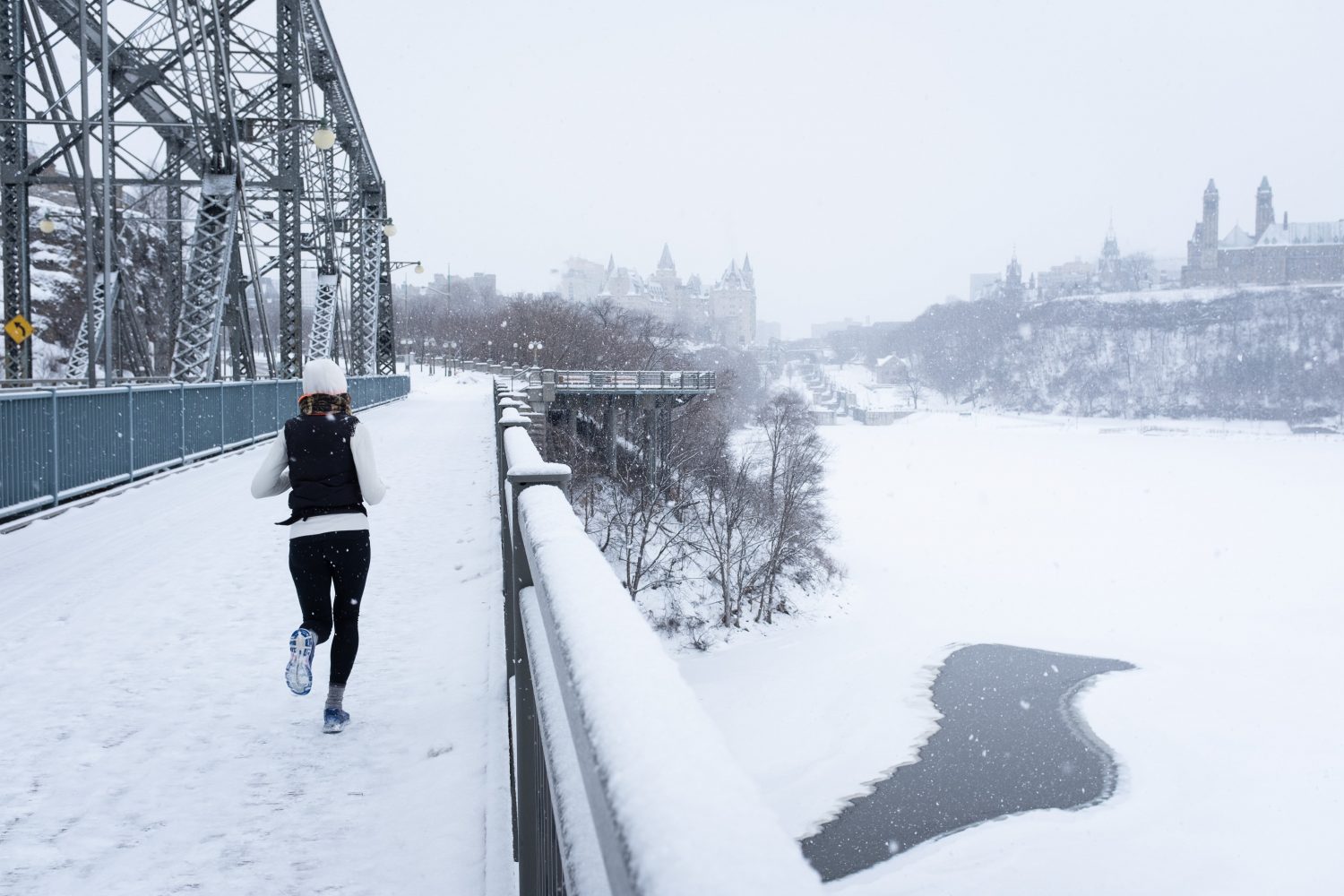
If you plan to be outdoors for a while, the experts recommend three layers: a base layer that will wick away sweat, a middle, insulating layer that’ll keep out the cold, and an outer layer to protect you from the elements, like snow or rain. The key is to prevent your clothes from getting waterlogged with sweat, since the dampness will make it harder for your body to stay warm. Especially if you’re exercising, make sure your first layer wicks moisture, which will allow your skin to breathe and help you stay hydrated longer.
6. Enjoy a mug of hot chocolate – you deserve it!
In the wintertime, drinking warm or room temperature beverages is an easy way to help regulate your internal body temperature and keep yourself hydrated. That’s right, hot chocolate, with or without milk, is a perfectly acceptable way to stay hydrated as you snuggle up by the fire.
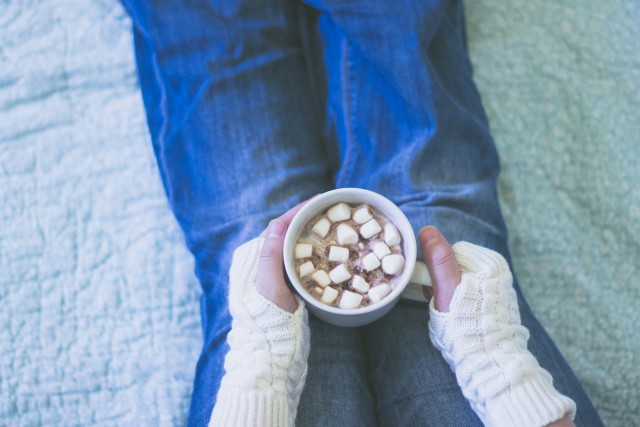
Although milk is higher in calories than water, it contains several nutrients (such as calcium, protein, and B vitamins) and actually stays in your body longer than water, making it a good source of hydration. Be sure to avoid, however, hot chocolate mixes that are high in sugar: much like sugary foods, a delicious cup of cocoa can dehydrate you if you’re not careful.
7. Keep your skin hydrated with moisturizer.
Skin needs more than just water to stay hydrated. It’s true: by the time you leave the bathroom after your morning shower, your skin is already back on its way to dryness and dehydration. Even if you’re consuming your recommended daily intake of water, your skin can still struggle to retain its moisture.
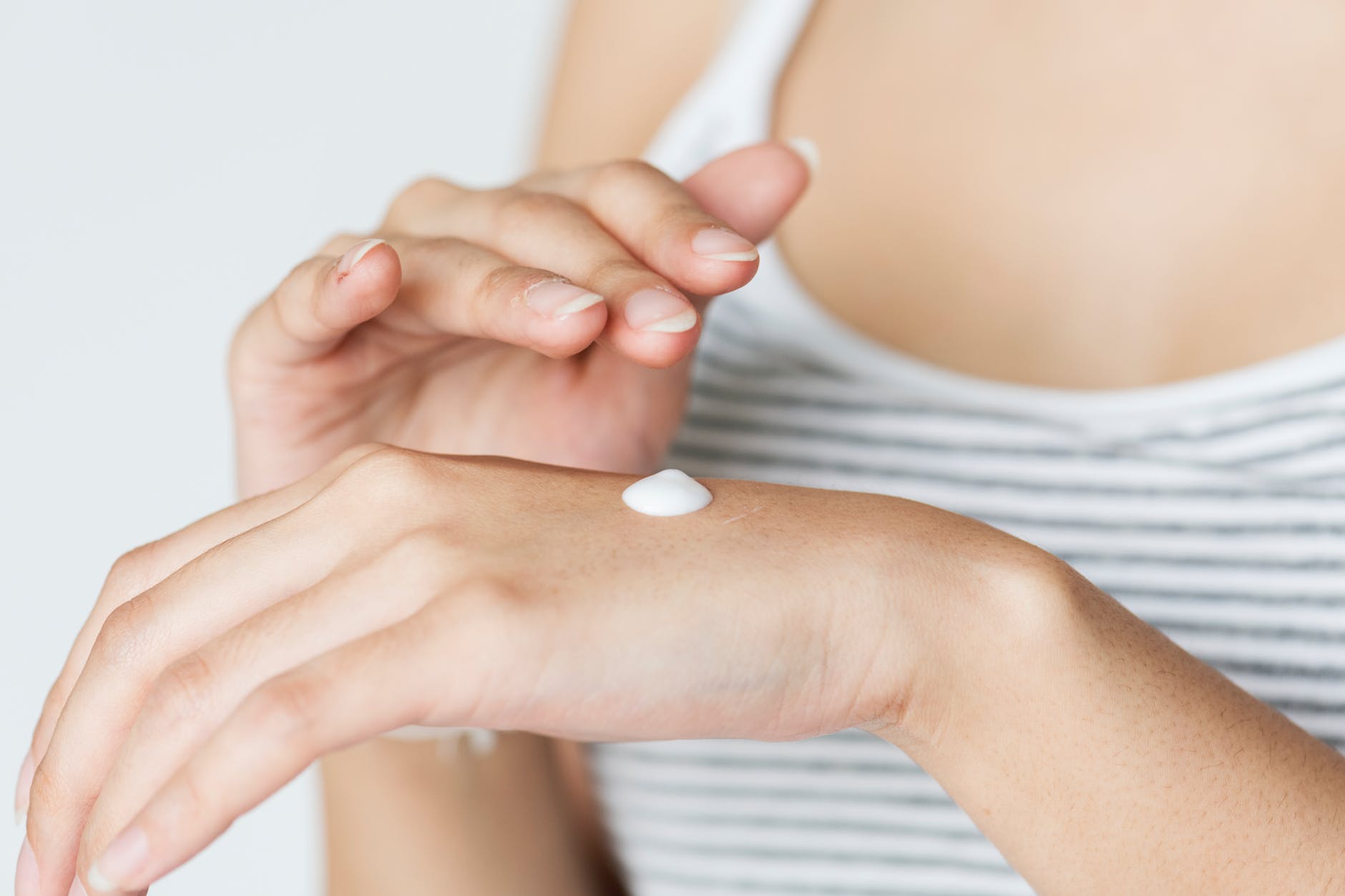
Avoid flaky skin and prevent your skin’s moisture from disappearing by using moisturizers and hydrators at least once a day. In the winter, moisturizing is even more important, as the dry air inside and outside makes it even harder for your skin to lock in moisture.
Tips for Staying Hydrated in Warm Weather
Under the heat of the summer sun, it’s difficult to feel fully hydrated. Luckily, some of the season’s sweetest perks, like fresh fruit, popsicles, and fizzy drinks, are exactly what your body needs to stay hydrated on those long summer days. Beat the heat with these tips for staying hydrated in warm weather!
1. Eat lots of fresh fruits and vegetables.
Summer is the season of fresh produce! Take advantage of your local farms’ latest bounty and eat your water.

Some of our favorite juicy summer snacks include: watermelon, cantaloupe, strawberries, peppers, cucumbers, celery, radishes, and grapefruit. Compared to drinking water, eating your fruits and veggies has extra nutritional benefits (such as antioxidants and fiber) and will also keep you hydrated longer, since it takes our bodies longer to absorb the water in solid foods. If eating raw greens isn’t your thing, trying blending or juicing them with your favorite fruits for a nutrient-dense smoothie.
2. Make your own cold brew or iced tea.

Coffee gets a bad reputation for being a diuretic. In reality, our bodies bounce back from its diuretic effects quite rapidly, meaning your morning java wakes you up and gets you on track for staying hydrated all day long.
If you’re a coffee fanatic, cold brew is likely your go-to beverage when it’s warm outside. Unlike your normal cup of joe, cold brew coffee is never heated, making it less acidic and refreshingly drinkable. Straight iced tea, or iced tea mixed with lemonade, is also an easy-to-make beverage that will keep you hydrated, caffeinated, and ready to face a heatwave.
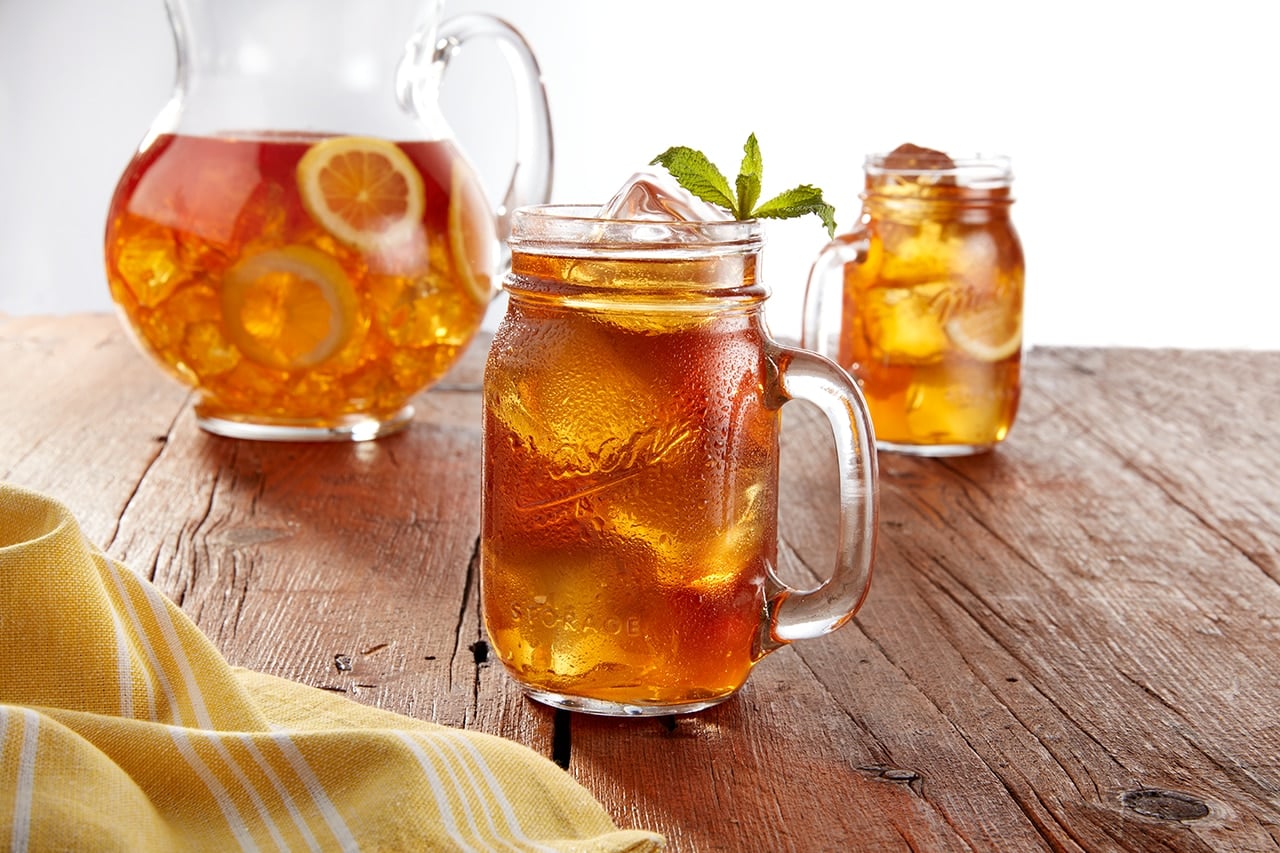
3. Cool down with low-sugar popsicles.
That’s right, even your favorite fruit-flavored treat can you help you stay hydrated.
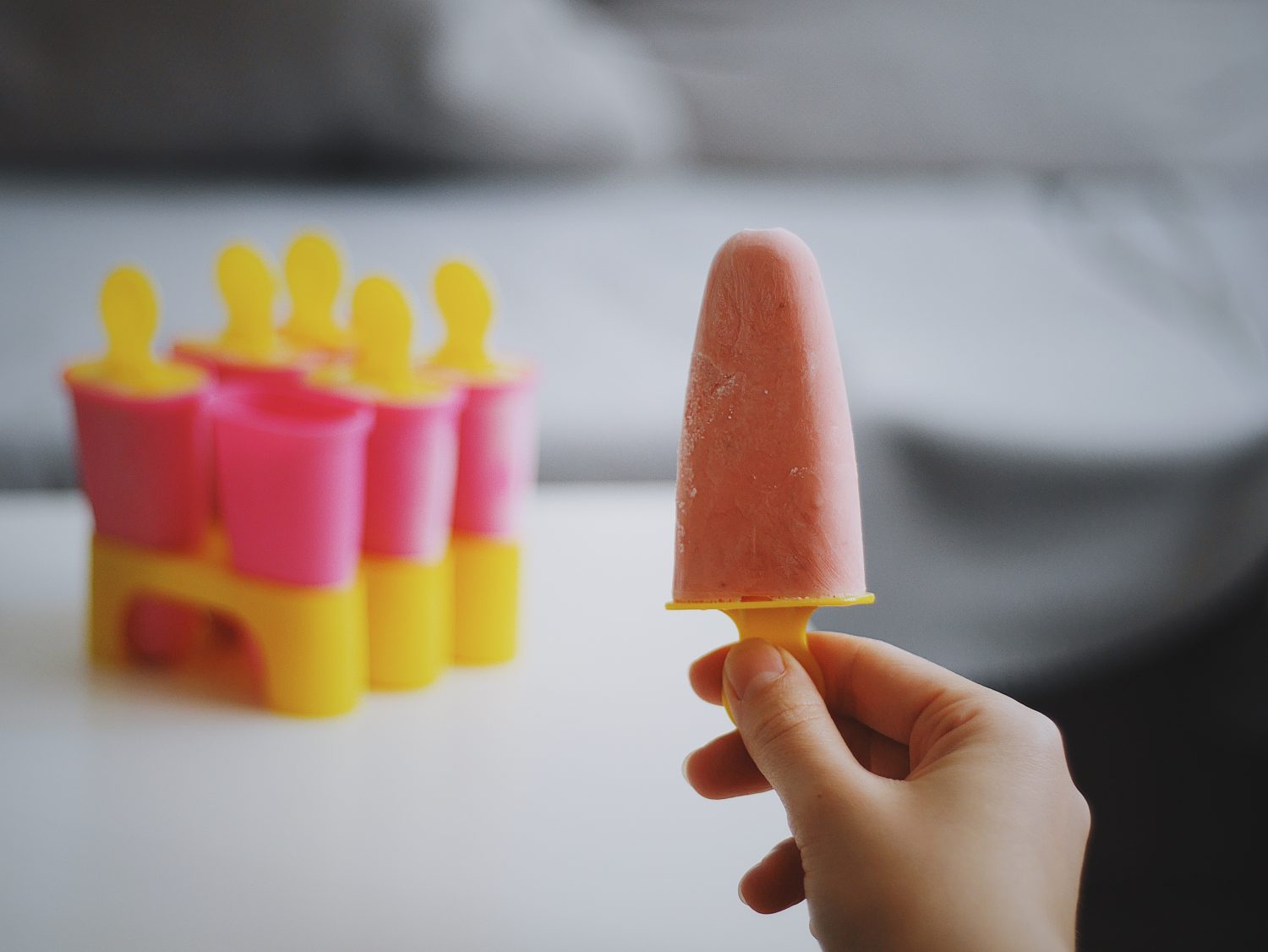
But before you stock up on popsicles at the grocery store, be sure to double check the sugar content, as sugar can do more harm than good when it comes to hydration. Luckily, there are several low-sugar popsicle varieties available and tons of recipes out there for those interested in making their own.
4. Swap Kombucha, or low-calorie carbonated water, for a beer at the beach.
On a bright, sunny day, it’s hard to resist the temptation of packing up a cooler of beer and heading to the nearest beach, lake, or pool. Unfortunately, drinking alcohol during any outdoor water-related activity can be extremely dangerous.
First off, alcohol is a diuretic, which means that your body will lose more water than it gains while consuming that ice-cold shandy. Add slight dehydration to tipsiness, and you’ve got a dangerous cocktail of symptoms that can quickly lead to a gnarly sunburn or dangerous lap around the pool.
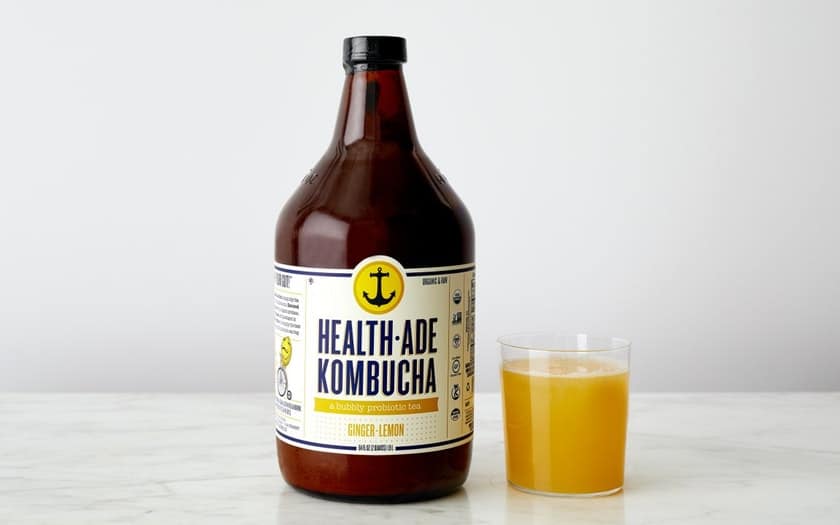
Still craving something bubbly? On your next beach adventure, stock your cooler with some kombucha, a fermented tea drink rich in probiotics, or low-calorie, fruit-flavored sparkling water. Both kombucha and sparkling water have fewer calories than beer and, better yet, will keep you hydrated all beach day long.
5. Pack an extra water bottle.
When you have a full day of outdoor activities planned, there’s no shame in adding an extra reusable bottle to your backpack or purse.
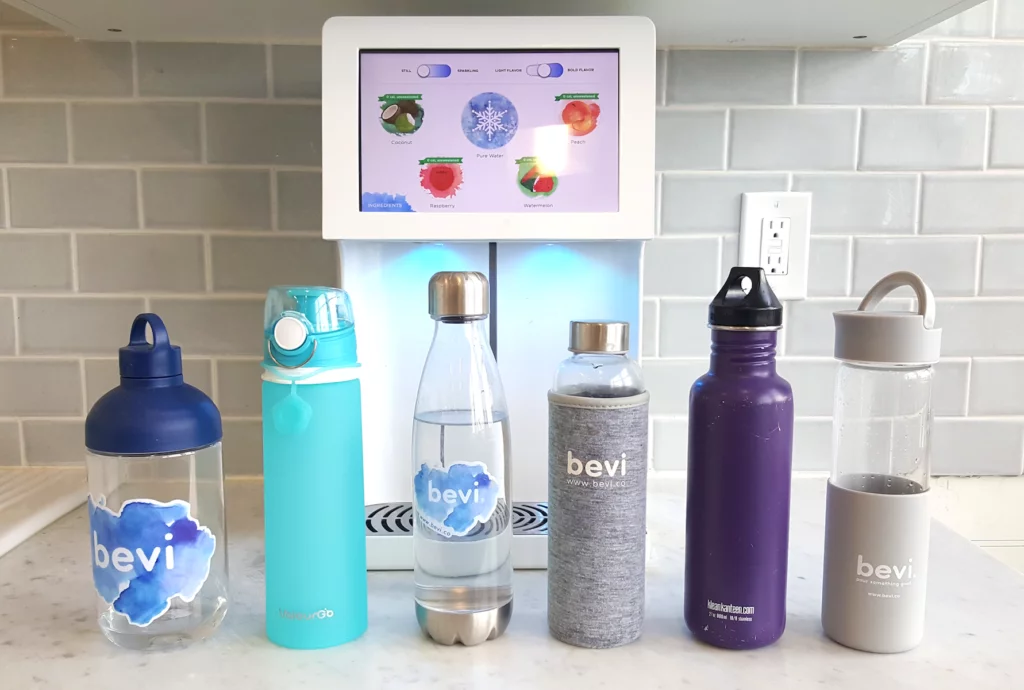
Even if you don’t end up needing an extra 16 ounces of H20 to get you through the day, chances are you’ll help out a friend who forgot to pack their own bottle.



